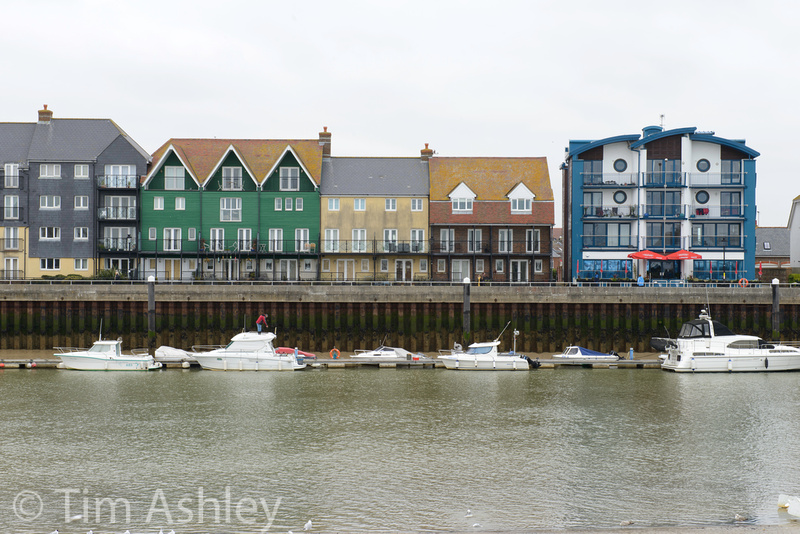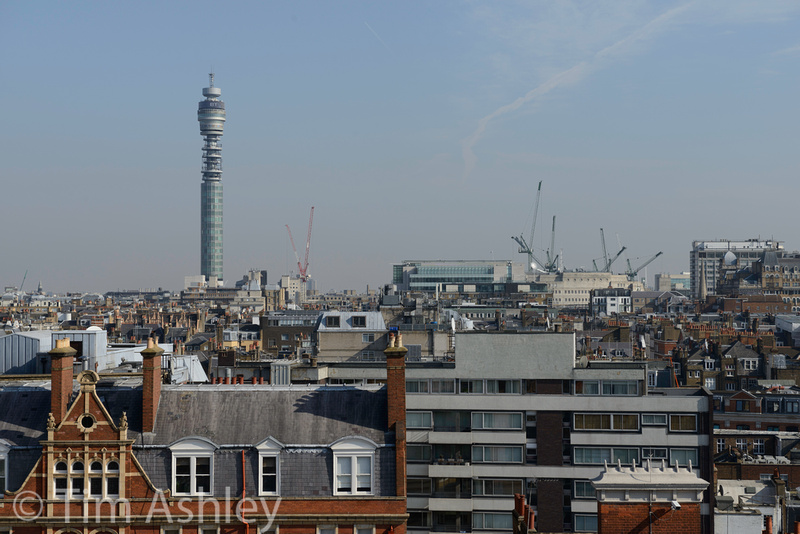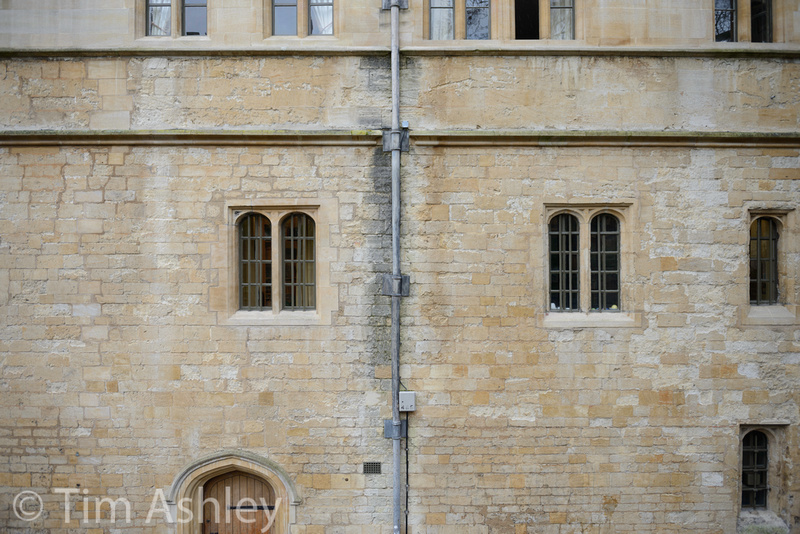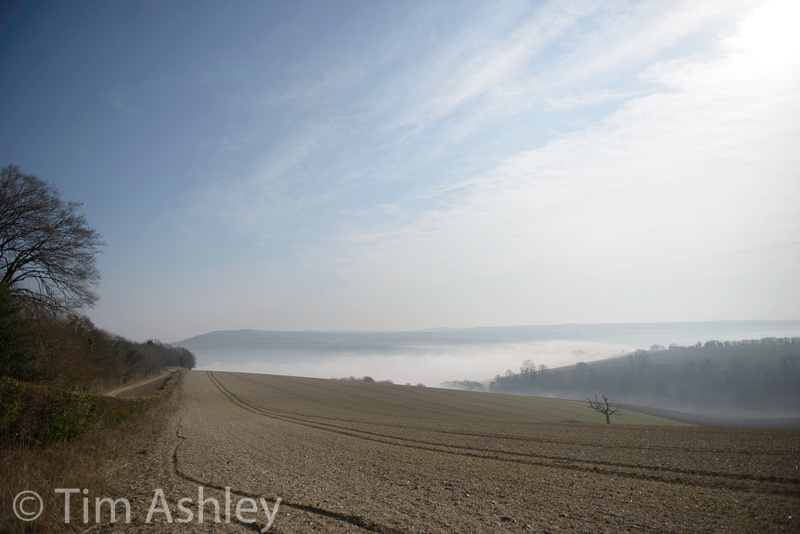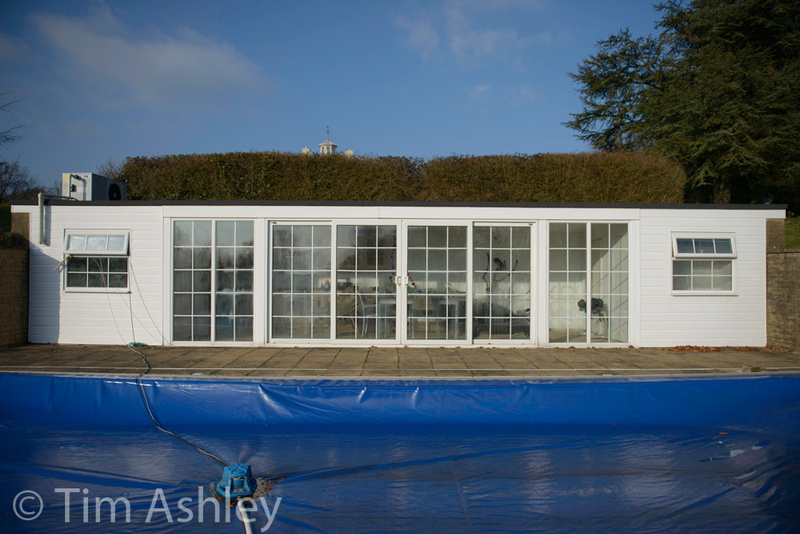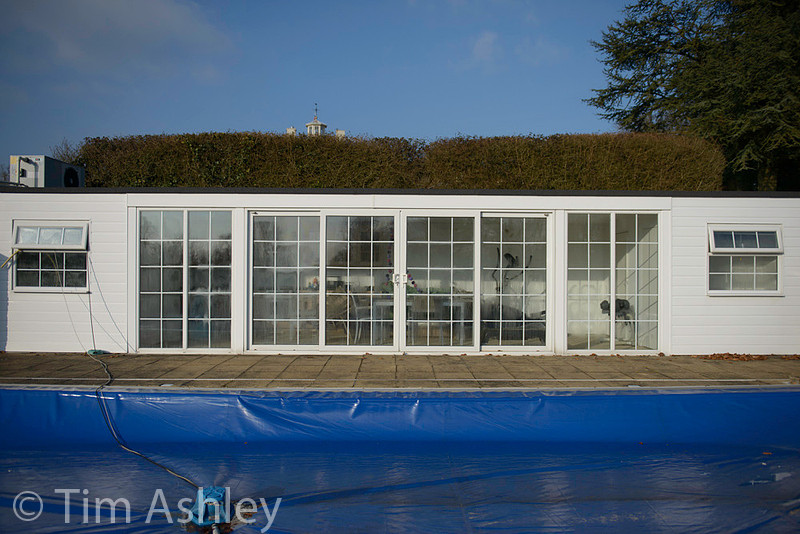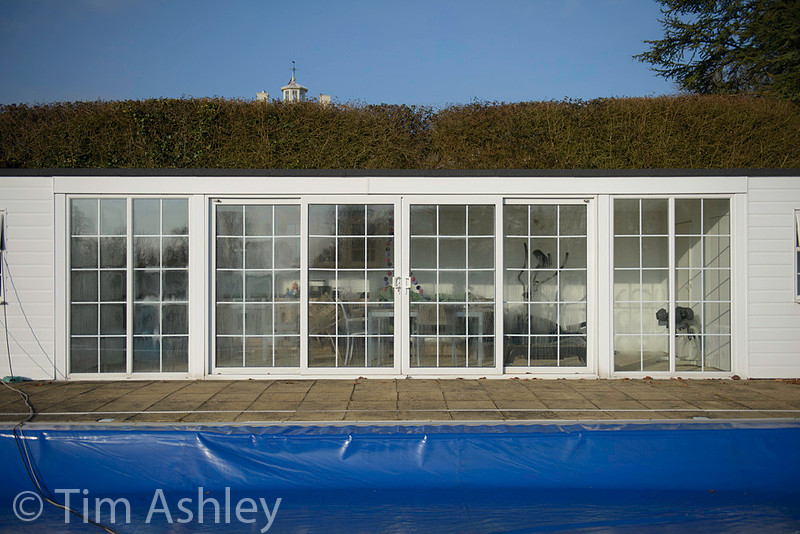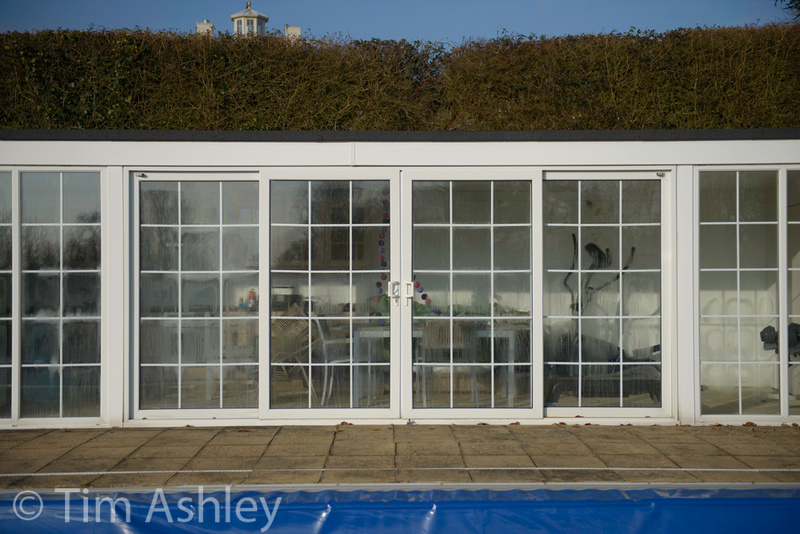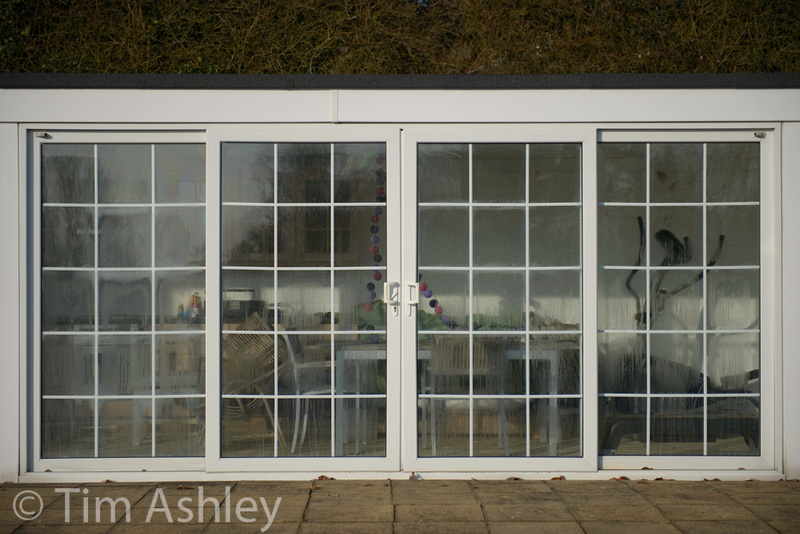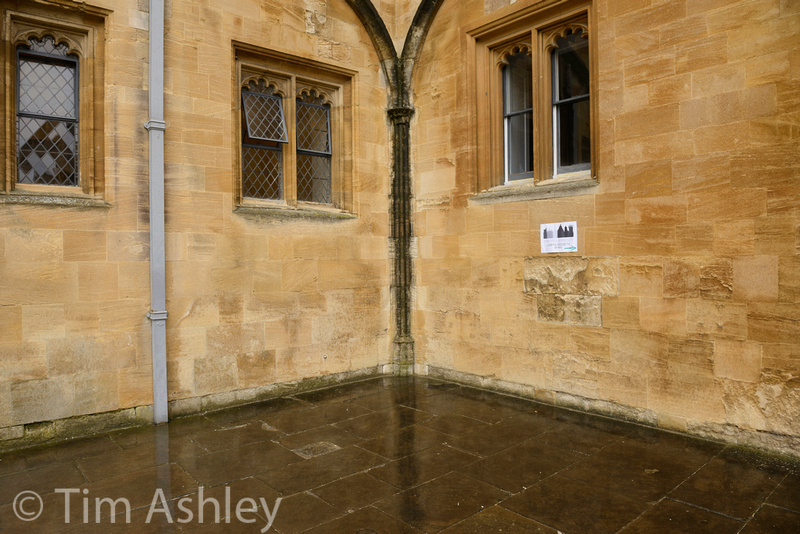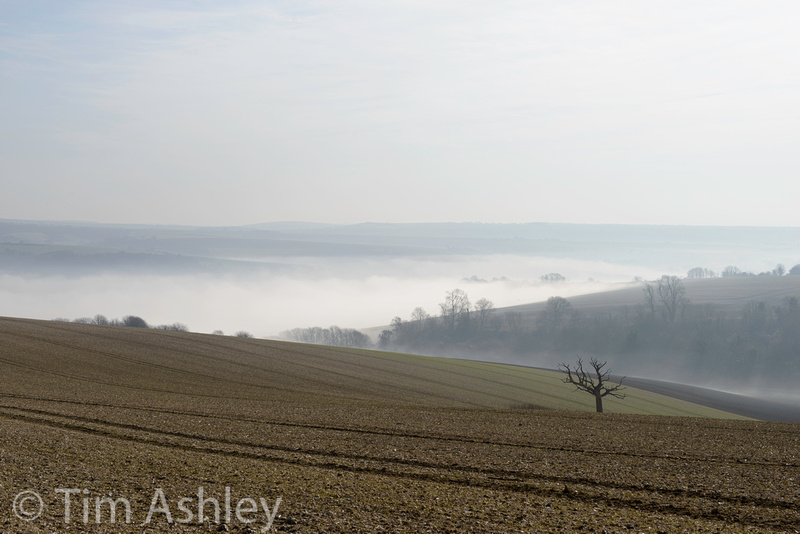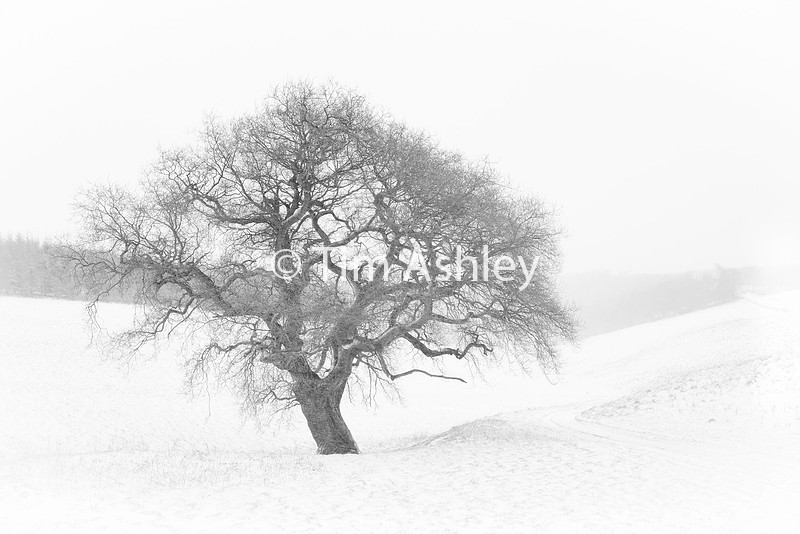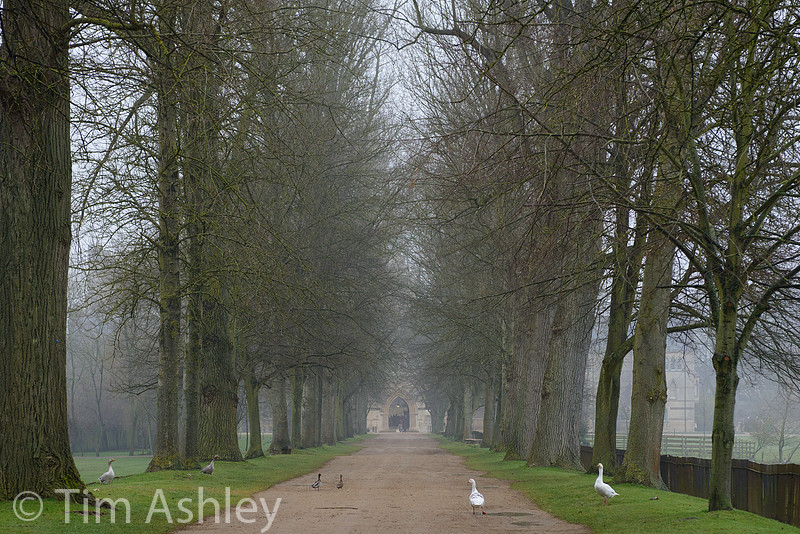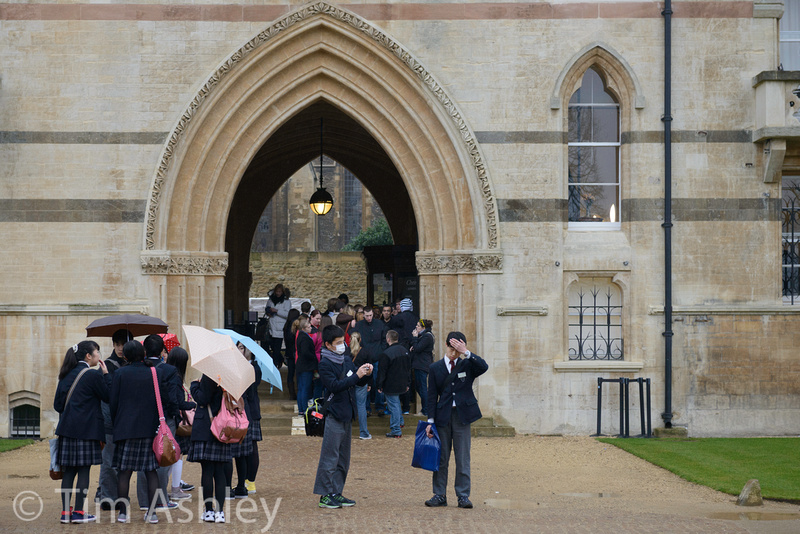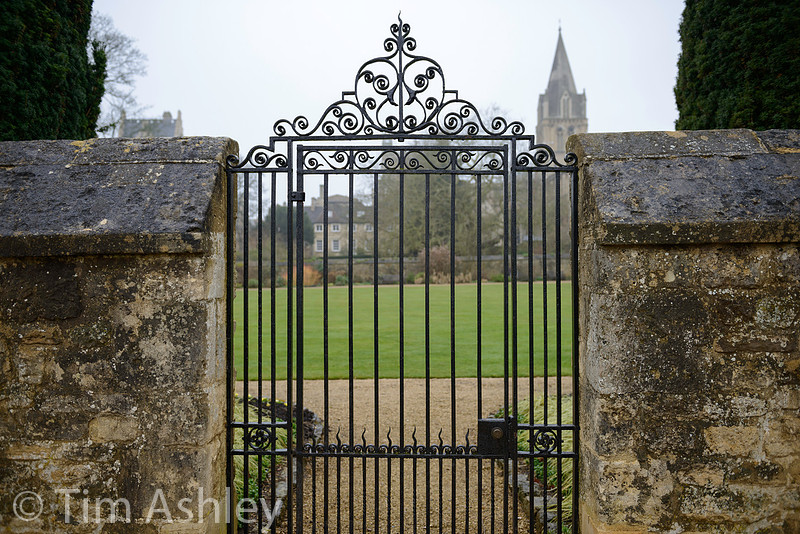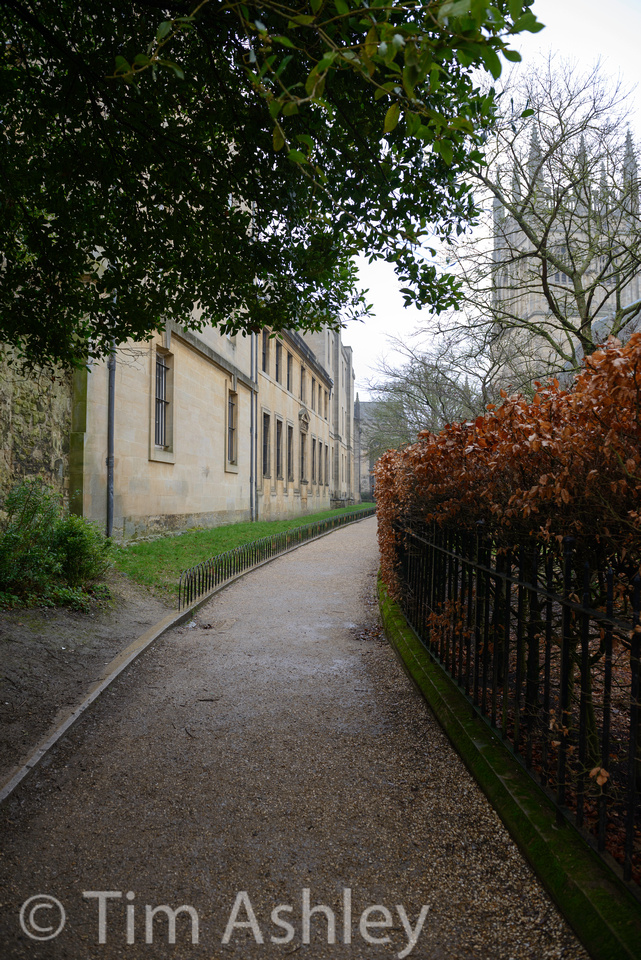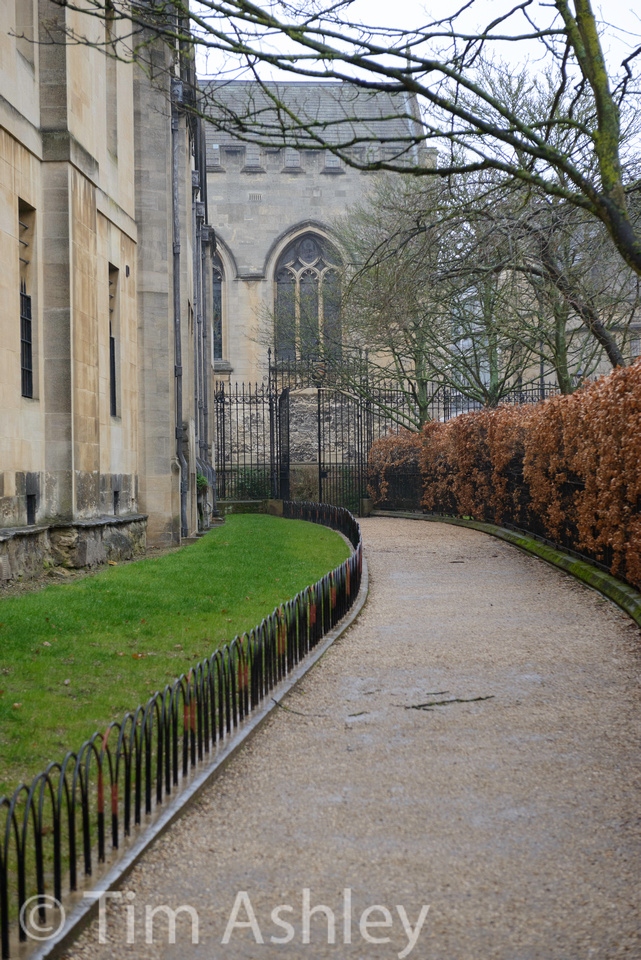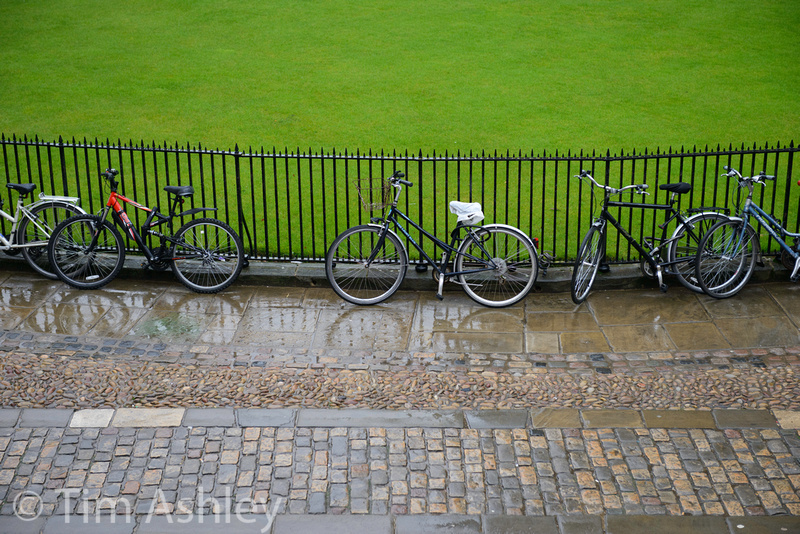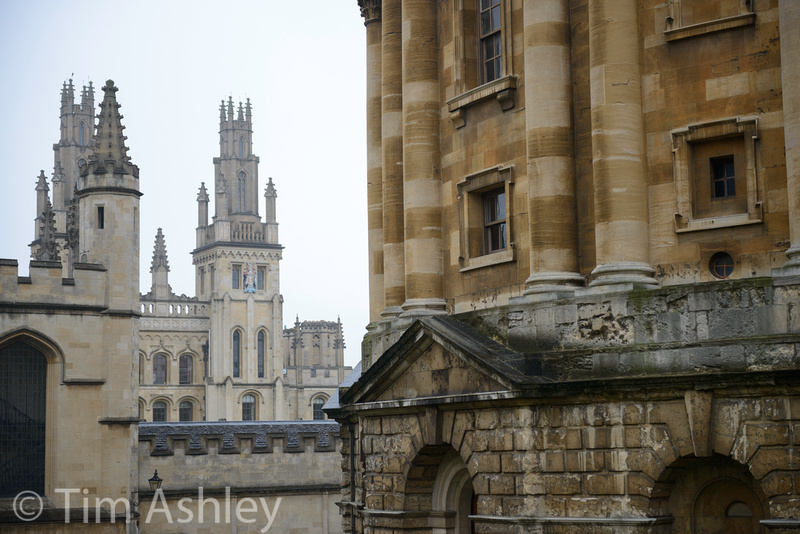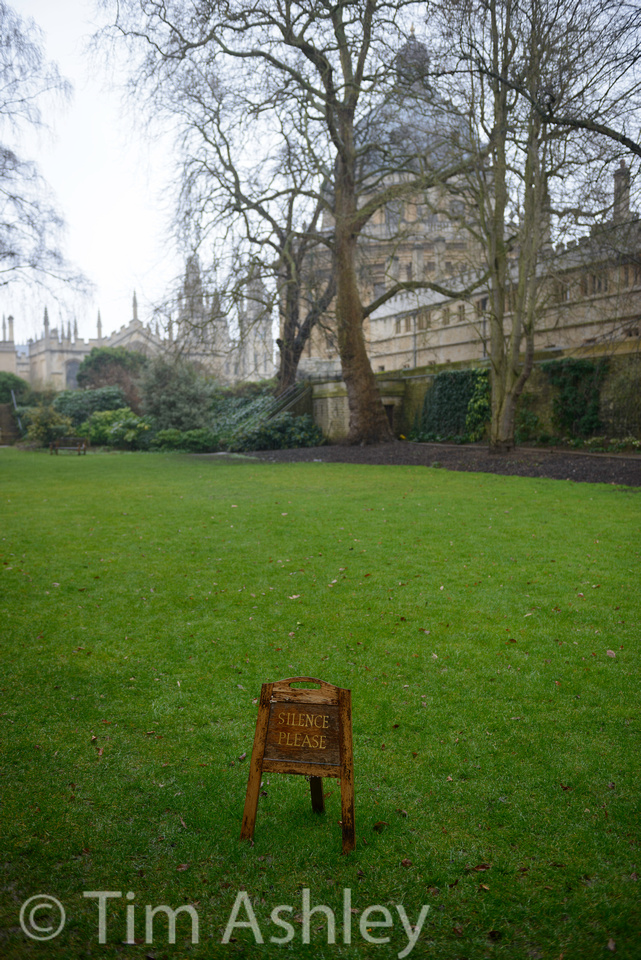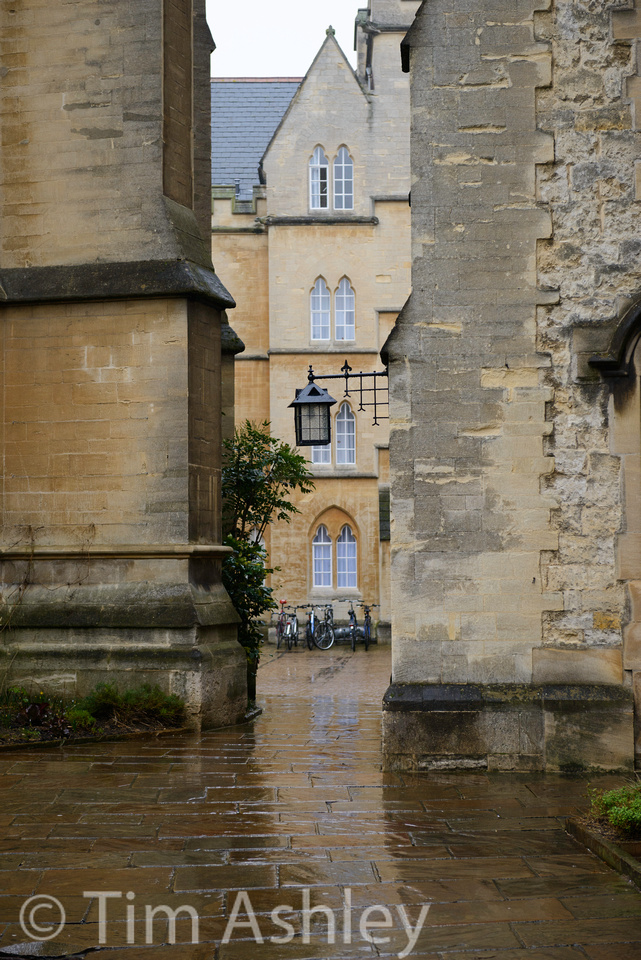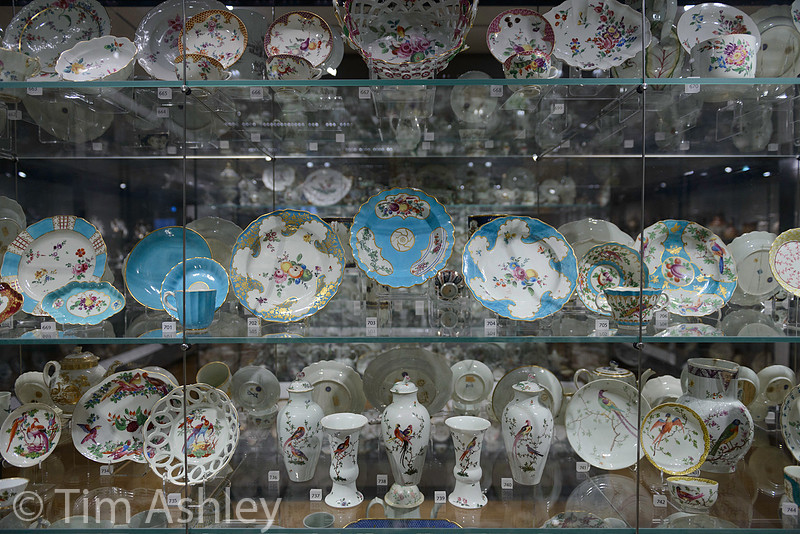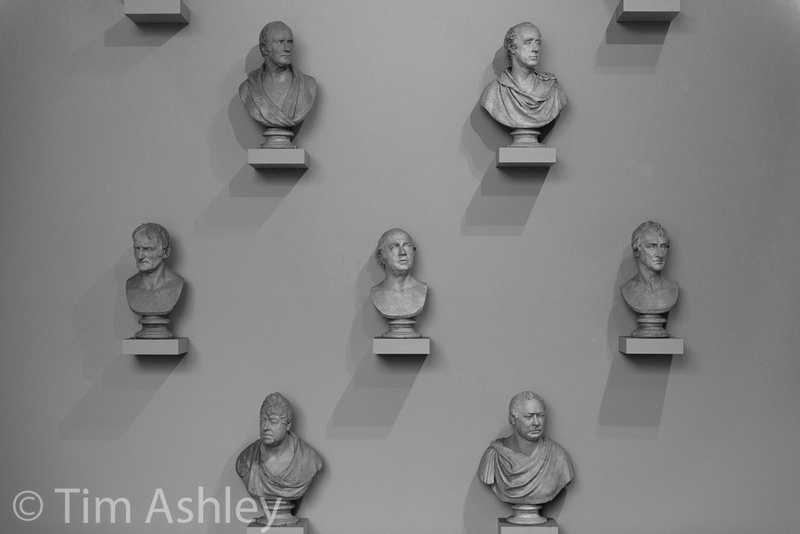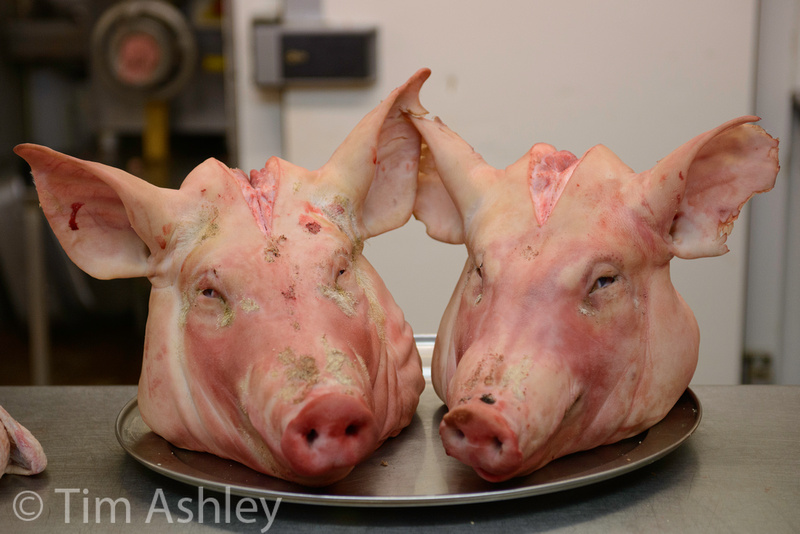Nikon AF-S 28-70mm F2.8G ED Oom on D800EThis lens, often incorrectly described as a 24-70mm Zoom, is actually a 28-70mm Oom. Something is missing at the front end: any reliable ability as a serious lens. Between 28 and 70mm it is nearly always good and sometimes truly excellent, as it should be: it is large, heavy, expensive, and the only truly pro zoom Nikon makes in this range. But at 24mm it is close to risible. That doesn't make it any the less impressive in other parts of its range but it does mean that you need to know what you're actually buying, rather than believing 'what it says on the tin'. As the mid 'Trinity' lens it covers a vitally useful mid range of focal lengths and it does so largely to a much higher standard than the only other similar lens in the lineup, the 24-120 F4 VRII, a zoom which hold much promise but whose mechanico-optical compromises mean that it is so prone to asymmetrical performance, with one side much softer than the other at most of its range in such a reportedly high proportion of copies, that it has limited professional utility. First, to repeat my definition of the minimum standards for acceptable performance of a lens, prime or zoom, on a full frame 35mm camera: The lens should, at each focal length, when shot at mid-distance, be able to pull together, across the frame from left to right hand edges, a sufficient degree of sharpness such that when the file is down-resed to the equivalent of a 25mp sensor and then viewed at 50% on a normal 100DPI screen or 100% on a Retina screen, it does not look actively soft anywhere in that left-right zone when examined at halfway up the picture height; and it should achieve this preferably by f5.6 and certainly by F8. In addition it should show no notable asymmetry between left and right edges. As you might agree, that still leaves a lot of room for a lens to show faults: I allow quite a lot of distortion, I tolerate all sorts of 'fringing' aberrations such as LOCAs, I can accept some degree of flare. Field curvature I can live with, even learn to use quite positively and soft corners I can overlook to a degree. But soggy edges in a professional lens are just not on. Here's a quick summary of my findings from using the so-called 24-70 F2.8G: Sharpness and micro-contrast, in those parts of the frame where they are strong, are very very good indeed and quite Zeiss-like. Distortions are tolerable, to me, across the range. There are some fringing aberrations at times but no more than one would expect. Control of flare is good. Auto Focus Fine Tune is tricky.
Before I continue, you might ask how I can be sure I've got a 'good one'? And the answer is that this lens was personally checked by Nikon UK's head of service dept and supplied to me as a certified good copy - and I have used it on a D800E tested by the same person. The Detail I have shot two full aperture series and uploaded them at full resolution but as 92% quality JPEG processed from RAW and with my usual Lightroom sharpening of 60/0.7/70/20. The first aperture series is my normal one, at apertures from F2.8 thru 11. Each focal length was focus bracketed using Phase Detect AF, Contrast Detect AF and Live View MF with the best series being chosen from the F2.8 performance. A very serious tripod rig was used, as was delay and MUP. It looks like this:
I have also shot a further two limited series of the dreaded brick wall variety (rather a beautiful wall though, Brasenose College, Oxford) just to show how at a distance of about twenty feet, the lens performs at 28 and 35mm in the all-important f2.8 to 5.6 range. That series can be found by clicking on the below image. A note on Auto Focus Fine Tuning this lens: mine, after several round-trips through Reikan Focal, seems to need a +18 at the wide end and only a +6 at the long end. However, +18 seems to work pretty well as a compromise across the entire range (counter though this is to normal practice and to intuition) and I have no complaints about centre-point AF on this lens. Peripheral points are... variable but hey, this is a D800. Truthfully at 24mm the lens needs focussing as far as possible into the field and could probably do with a +23 but that's not possible and would probably screw up focus at other lengths. Flare Not a problem. Here's a shot wide open at 24mm with the sun in the frame. I can't provoke any flare issues at all. Kudos to Nikon.
At the wide end, distortion is notable but not 'killer' and by 50mm it is minimal. I can't see the need even to apply lens corrections other than rarely and for certain very specific subjects. Here are shots at 24, 28, 35, 50 and 70mm to show you exactly what it looks like.
Vignetting Vignetting doesn't get tamed until f5.6 and even then it is visible. However it is endemic to fast zooms and actually, generally I like it enough to not correct it. Nearly all images I link to in this article are uncorrected and you can judge for yourself it will be a problem for you. Field Curvature I will go out on a limb here: other than at 24mm (and other than the extreme corners at 35mm in particular) this lens has no particular problem with field curvature. It's not a flat field lens - very few, even really good primes are, especially at the wider end of the spectrum - but it has an easy and predictable ability to get everything in focus at your chosen distance across the width of the frame if you stop down a bit. In fact it is easier to use on landscapes than either the 28mm F1.8 G or the Sigma 35mm F1.4 Art and is therefore currently my favoured landscape lens in this range. I do not say that lightly. But at 24mm it is a freak. Truly. I will say no more but the curious might want to look at the following shot in some detail because it is very, very odd indeed. Click the image to load a big'un and then wander around looking at what is and isn't in focus. For those who find it hard to guess, the point of focus was on centre at the exact same distance as the urns, but was removed between when focus was acquired and when the frame was shot. (note: this frame shot at F2.8 but when you stop down, a 'tunnel' of focus develops, broad at close range and narrow in the centre at distance). To see how the odd shaped field of focus at 24mm can sometimes be used to your advantage, see the below image, clicking for a full-sized version. Shot at f5.6 it clearly shows how the 'cone' of focus can suit certain subject shapes: Final Comments, Gallery and Conclusion This is a big, heavy lens that means business. It feels rather Soviet: unbreakable but unrefined. A corollary of this is that, with no VR, you really do need to shoot at 1/ 3 x focal length on a D800 ('Faster' in Auto ISO settings) to be sure of eradicating shake. I think the shape and weight distribution of the lens make it one of the most difficult to hand hold that I have ever used. But I like the precision of the manual focus action. I have walked in light to moderate rain with the lens for hours and it hasn't complained at all. It doesn't extend much as it zooms or focusses so there's no 'bare skin' showing to collect rain and then suck it back inside when you change focus or length because that small part of exposed barrel that appears is cleverly covered by the lens hood. Great news. And the hood kept all rain of the front element. In real-world use, I found very, very few images compromised by the lens's quirks, other than at 24mm and even there, a surprising number of shots didn't suffer too badly - but some did, and I do not trust or like it at the widest setting. I should much prefer to zoom to 28mm and step back a bit where possible. The improvement is dramatic. But again and again I find that my most 'automatic' behaviour is to shoot at 24, 35 and 70mm and I will have to make a very conscious effort to change this so that 28mm gets used as the default wide and so as to ensure that I use 50mm wherever foot-zoom and required DOF allow, rather than 35mm or 70mm, just because it is a pity not to use the lens more at its best focal length. All in all, this is great lens. I can't seriously fault it at 28 and 35mm and I can't fault it at all at 50mm with 70mm only a tad behind. In fact for most uses, it's in the same league as good primes. It's just a pity that it's so heavy, so odd at 24mm and has no VR. Given developments in Canon Land, I think we can expect a re-design within the next couple of years but in the meantime, unless I can find the mythical good copy of a 24-120, this is my new 'body cap' lens. A final word: I have been looking for a lens that allows the D800E to best the Sony RX-1 at 35mm. I haven't tried every one on the market, just the 24-120 (an obvious fail as you might predict) and the Sigma 35mm F1.4 Art lens, which should in theory have taken the crown easily but, two copies later and a repair in progress, it doesn't come close. Now, however, I have succeeded: at f5.6, a D800E/28-70 at 35mm file downresed to 6000 x 4000 and compared to the RX-1 at the same aperture, wins, just. It clearly has more detail on centre, very slightly less at the edges, but no mid-field weakness, which is the one fly in the RX-1 ointment. The extreme corners are weaker on the Nikon setup but this doesn't often matter and as noted, can work to your advantage since it is focus field related. Now I can finally use my D800E instead of the RX-1 for landscapes at this focal length. If you want to see how this contest pans out, use the images from the harbour-side aperture series above and compare to those in this article on the RX-1. Gallery Test shots are informative but dry so here are a few images at a variety of focal lengths and apertures, nearly all un-cropped and un-lens-corrected, to show what a nice old piece of glass this is and to give you a feel for bokeh... click on each for a full-sized version.
The Tour, 70mm f4, 1/320th
Merton Chapel, 24mm f4, 1/100th
Coll. Exon 36mm f3.5, 1/160th
Radcliffe Camera & All Souls, 70mm f2.8, 1/320th
Silence Please, 36mm f2.8, 1/160th
Bin Quad, 70mm f3.5, 1/320th
Busts, Ashmolean, 70mm f2.8, 1/320th
|

